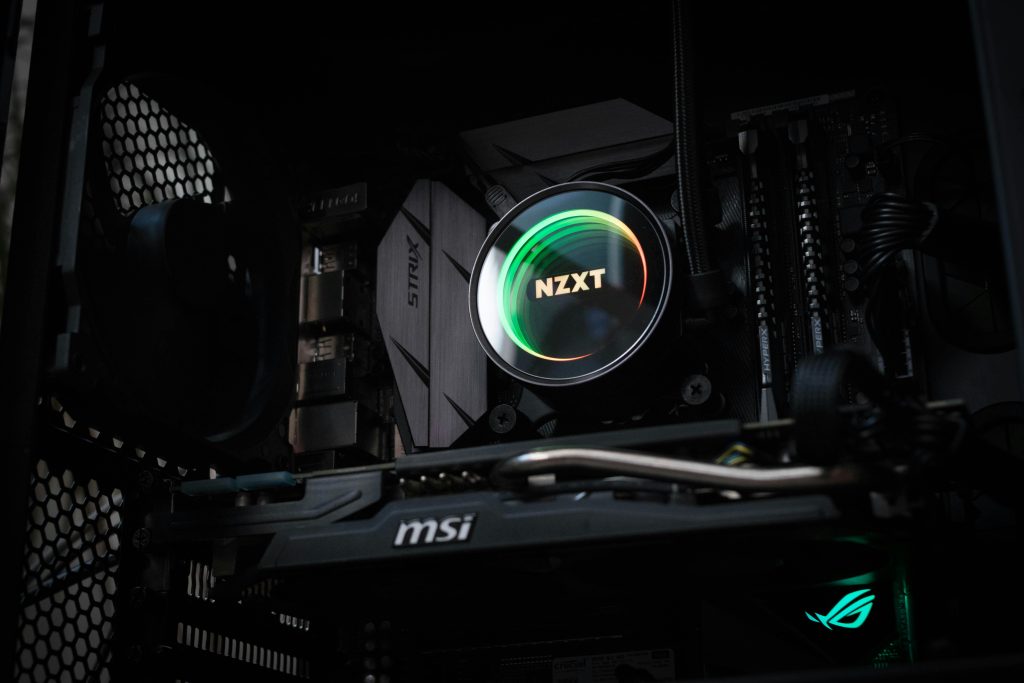Troubleshooting Driver Errors After Windows 11 Update: What You Need to Know
Updating your Windows operating system is essential for maintaining security, performance, and access to new features. However, sometimes updates can introduce unexpected issues, such as driver errors that disrupt normal functioning. Recently, a user reported encountering such errors after updating Windows 11 on their school PC. This article aims to explain what these errors mean and offers practical steps to resolve them.
Understanding the Errors
Post-update, the user observed the following pop-up messages:
- “A driver cannot load on this device: iqvw64e.sys”
- “A driver cannot load on this device: pcdsrvc_x64.pkms”
Additionally, for the second error, multiple identical popups appeared.
These errors indicate that the system is unable to load specific driver files, which can be caused by several factors including corrupted drivers, incompatible updates, or security software conflicts.
Common Causes of Driver Loading Errors After Windows Updates
- Incomplete or Corrupted Driver Installations: Sometimes, Windows updates may interfere with existing drivers, leading to corruption or incompatibility.
- Incompatible Hardware or Software: New updates might conflict with certain drivers, especially on older or specialized hardware.
- Security Software Interference: Antivirus or anti-malware tools might block or quarantine driver files, preventing them from loading.
- Missing or Outdated Drivers: Updates might require newer versions of drivers, which need to be manually installed or updated automatically.
Step-by-Step Troubleshooting Guide
1. Identify the Drivers Involved
The files mentioned—iqvw64e.sys and pcdsrvc_x64.pkms—are associated with specific software. For example, iqvw64e.sys is often related to Intel’s security or driver management components, while .pkms files are less common but might relate to device security modules or specialized drivers.
Researching these can help determine whether they belong to trusted software or potentially malicious sources.
2. Update or Reinstall Drivers
- Via Device Manager:
- Press
Windows + Xand select Device Manager. - Locate devices related to the problematic drivers (e.g., network adapters, security devices).
- Right-click and choose Update driver.
- Opt for Search automatically for updated driver software.
- If drivers are already
Share this content:



